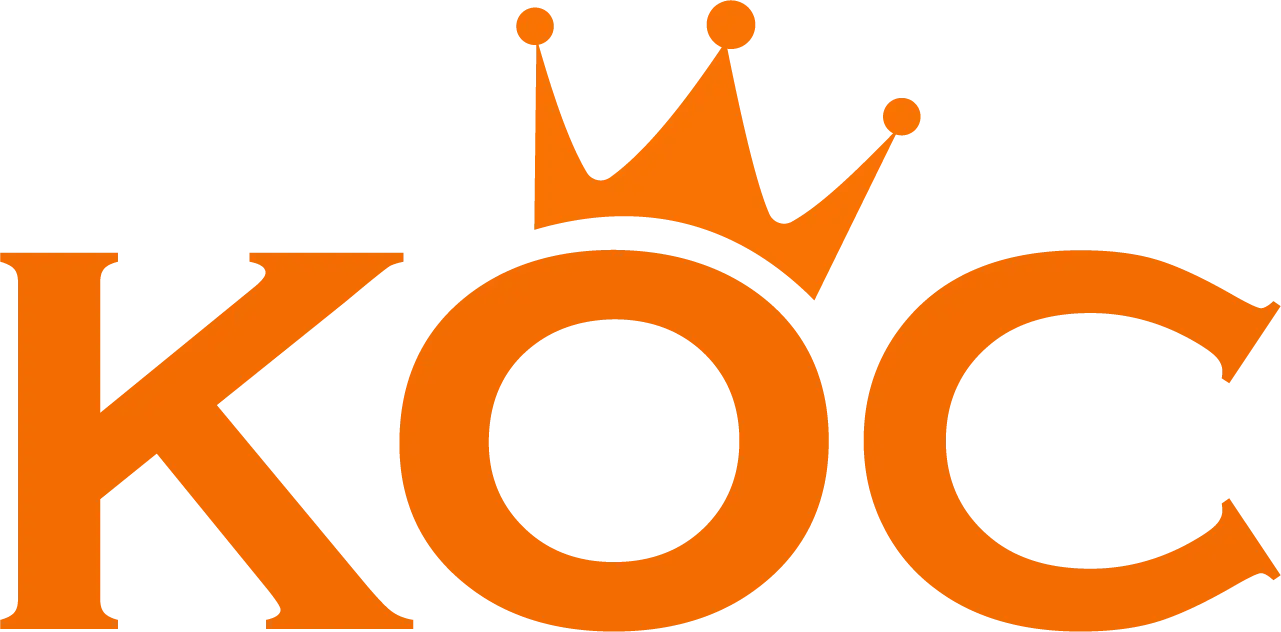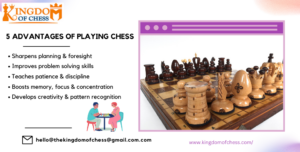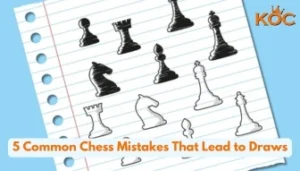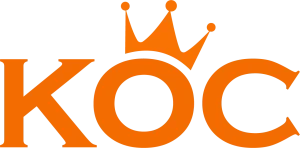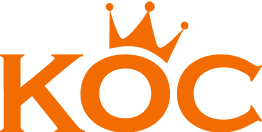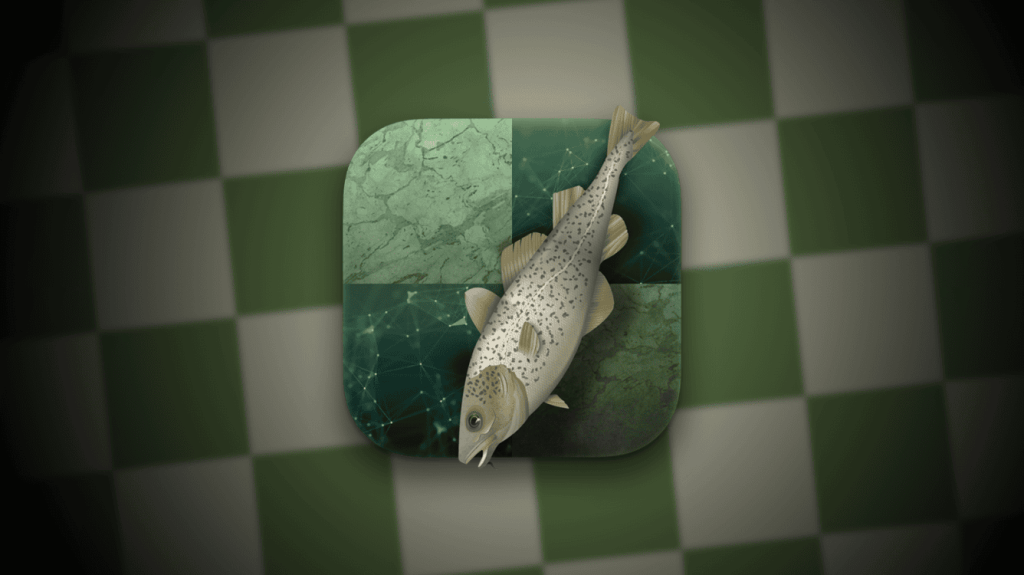
Chess is a fascinating game, one filled with puzzles, patterns, and magical “aha!” moments. If you’ve played online or watched top matches, you’ve probably seen something called Stockfish. Many people ask: How do I use Stockfish to improve chess? This blog will discuss the topic in a simple way that anyone, regardless of their chess level, can understand.
What Is Stockfish and Why Is It Used by Everyone (Including Grandmasters)?
Stockfish is a powerful computer program, often referred to as a chess engine. It’s free, open-source, and super bright. Essentially, Stockfish can analyse any chess position, suggest the best move, identify errors, and even defeat almost any human, including Grandmasters.
But why do so many people use it? Here’s why:
- Learning: It finds mistakes you might miss.
- Game Review: Helps you understand what worked and what didn’t.
- Training: You can practice puzzles, endings, and more.
Even top players use Stockfish. Not just to win, but to get better at chess. When used correctly, Stockfish acts as a friendly, super-smart coach.
Common Mistakes When Using Stockfish (Over-relying on “Best Move”)
It’s tempting: just play a move and ask Stockfish, “What’s best?” But, is this the best way to use Stockfish? Not always.
Biggest mistake: Just following Stockfish’s moves without understanding why. It might make you good at copying moves, but it won’t teach you real chess thinking. In fact, overusing the engine can harm your independent thinking skills.
“Stockfish can show you when your chess ideas need work, but if you treat it like a cheat sheet, you won’t really learn.”
Remember: You want to become a stronger player, not a copycat.
Best Settings for Learning vs. Blunder Checking
Stockfish comes with lots of settings. Here’s what works:
- For learning:
- Set engine depth lower (like 12-16). It’s more “human” and shows you simpler errors.
- Avoid multi-PV (suggesting many moves at once). Stick to the top 1-2 lines and ask why they are recommended.
- For learning:
- For blunder checking:
- Raise the depth (like 18-22). This will catch deeper mistakes, those sneaky errors only a machine can find.
- Turn on move highlighting. Look for “blunder” or “mistake” tags.
- For blunder checking:
Don’t stress about perfect settings. What matters: you ask questions and look for understanding, not just green (good) or red (bad) marks.
How to Use Stockfish to Review Your Games?
Reviewing games is where real progress happens. Here’s a step-by-step guide for using Stockfish the right way:
- Play a game (online or on a real board).
- Go through your moves first, without help. Try to spot mistakes or places where you were confused.
- Turn on Stockfish analysis. On sites like Lichess, you can analyse with one click (this is called a Lichess engine review). Chess.com and other platforms work similarly.
- Look for big surprises. Did Stockfish label something as “blunder” or “mistake”? That’s a clue!
- Ask why. Don’t just fix your move. Try to identify any tactics or plans you may have missed.
- Write down one lesson from the review. Don’t overload. One good lesson at a time builds strong chess habits.
This is the best way to review games. Take it slow, focus on understanding. The goal isn’t to play like Stockfish, but to see chess through clearer eyes.
Understanding Evaluation Bars and Depth
You’ll see two things during Stockfish analysis:
- Evaluation Bar: Measures who’s “winning” in numbers (like +1.4 means White is ahead by a pawn and a bit).
- Depth: Shows how many moves ahead Stockfish is thinking. More depth = better suggestions… but not always necessary for learning.
Tips:
- Use evaluation values to find “turning points”, where a move made you suddenly lose or gain.
- For most reviews, a depth of 15-20 is more than enough.
- Don’t chase perfect scores. Real games are about making good choices, not engine-perfect ones.
How to Train Tactics and Endgames with Stockfish?
Stockfish isn’t just for reviews, it’s great for practice!
For Tactics:
- Take a puzzle you missed.
- Play the wrong move on purpose.
- Watch Stockfish’s responses, see what makes the tactic tick.
For Endgames:
- Set up tricky endings (like King and Pawn vs. King).
- Make your move and ask Stockfish for suggestions.
- Try to guess the best move before seeing the answer.
This is an excellent way to boost your chess engine training tips and learn chess online for free along with Endgames rule.
When to Use Stockfish vs. Human Game Review?
Both have strengths. Here’s a quick look:
| Situation | Best Used For | Who to Ask |
| Understanding tactics | Spotting missed chances/blunders | Stockfish |
| Learning plans or strategies | Long-term game plans | Coach, experienced player |
| Deep analysis of mistakes | Finding why a mistake matters | Both |
| Reviewing openings/ideas | Exploring alternatives | Human + Stockfish |
Tip: Ask Stockfish “what” happened, then ask a coach or yourself “why”.
Tools That Use Stockfish (Lichess, Chess.com, ChessBase)
While Stockfish is a program, you mostly use it through other chess tools:
- Lichess: Free, fast, easy analysis with Stockfish. Lichess engine review highlights key moves, mistakes, and tactical tricks.
- Chess.com: Similar functionality, shows accuracy, best/worst moves, and suggestions.
- ChessBase: For advanced students; allows deep engine analysis over many games.
Learning the basic buttons, analysis, review, evaluation, engine on/off, will help you a lot.
Limiting Stockfish Use to Improve Independent Thinking
This may surprise you: Using Stockfish too much can slow your progress. Yes, too much helps less!
Here’s why:
- You risk copying, not thinking.
- You forget to ask your own questions.
- Real tournaments don’t allow engines.
How to avoid Stockfish overuse:
After a game, spend 10–20 minutes on your own moves before turning on the engine. Guess where you made mistakes, then check with Stockfish.
You’ll soon trust your own ideas more.
How Kingdom of Chess Coaches Use Stockfish in Student Reviews?
At Kingdom of Chess, our trainers blend technology with personal teaching:
- They help students use Stockfish as a learning tool, not a crutch.
- Coaches focus on building skills like problem solving, strategy, and memory, for beginners to champions.
- Lessons guide students to ask why a move is right or wrong.
This approach builds lasting confidence, sharp memory, and, you guessed it, better chess results.
Conclusion
Stockfish is like a chess superpower, but only if you use it the right way. Start with your own thoughts, use Stockfish for analysis, and focus on understanding, not just copying. Review one lesson per game and practice your tactical and endgame skills. That’s how to use Stockfish to improve chess, the real way.
For even more guidance, connect with expert coaches at Kingdom of Chess. You’ll learn chess online, gain confidence, and discover the smartest ways to review and improve, step by step. Want to try a class or learn more? Visit Kingdom of Chess today and level up your game!
Ready to unlock your potential? Try our free demo class and join thousands of other learners building their skills at Kingdom of Chess!
FAQs
Should beginners use Stockfish?
Yes, but sparingly. Try to think for yourself first. Use Stockfish to find and understand your mistakes, not just to show the answer.
What’s a good depth level for game review?
For most learners, a depth of 15–20 is fine. Going deeper doesn’t always give better lessons; focus on the reasons behind moves.
Can I train openings with Stockfish?
Yes, but be careful. Stockfish can show you theoretical lines, but it’s more useful to understand common plans and ideas in the opening, rather than just memorizing computer moves.
